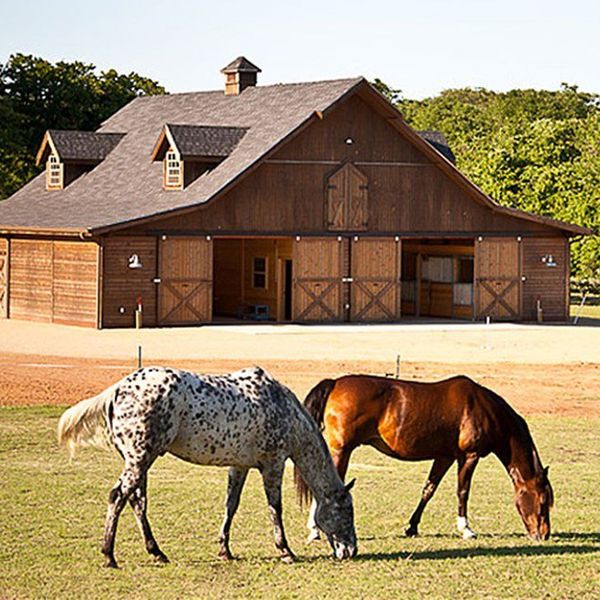Maybe you have just bought your first ever rifle or you’ve had one sitting for years before you finally decided to use it. And just when you try to find the right ammo that goes with your rifle you quickly realize that things are not that simple.
You will need to know the difference between the bullet types, loads, grain, and calibers before you can reach your purchasing decision.
The world of rifle ammunition can be very confusing but don’t worry you came to the right place. In this article, we are going to provide you with everything you need to know about rifle ammo and help you understand which ones work best depending on the specific situation.
Let’s take it from the top!
Rifle ammo 101
The first step is understanding the anatomy of a rifle round. [Source: tacticalgear]
As shown in the image, a riffle round contains a case, rim, primer, gunpowder, and a bullet.
The case is typically made out of brass or steel and it serves to keep all the components together.
The rim is a rippled part at the end of the round, shaped in such a way to enable the rifle’s extractor to grab it and eject the empty casing.
The primer is a part of the round that creates a spark for igniting gunpowder when struck with the firing pin.
Gunpowder is the moving force for propelling the bullet out of the barrel.
The bullet is the solid metal projectile that comes out of the barrel upon firing the weapon.
We can differentiate rifle rounds according to their caliber, load, grain, and type.
Caliber
Caliber refers to the physical dimension of a bullet. It is measured either in inches or in millimeters. The most popular rifle calibers, in the ascending order, are:
- -.22 LR
- -.223
- -.243
- -.270
- -.30 carbine
- -7.62x39mm
- -5.56/.223
- -6.8 SPC
- -6.5 General
- -.30-30 Win
- -.45-70 Gov
- -7.62x51mm
- -.30-06
- -.50 BMG
Load (gunpowder)
There are unusual or custom gunpowder mixtures, but this is something that only competitive shooters engage with. The load types don’t make much difference to the average everyday shooters.
Grain
Grain refers to a bullet’s mass measurement. One grain is equal to 2/875 of an ounce or 0.06479891 grams. Let’s say you buy a box of 55-grain .223 caliber rounds, each bullet (just the bullet not the whole round) will weigh 0.06479891 x 55 which is approximately 3.56 grams or 0.126 ounces.
This is important to keep in mind as the weight of the bullet has a massive impact on its speed, stopping power, and penetration level.
Type
The four most common types of rifle bullets are Full-Metal jacket, Hollow-point, and Soft-point.
A full-Metal jacket is the simplest and often the cheapest type of rifle bullet. It is made out of a solid conical piece of metal. Upon hitting the target, this bullet will stay in one piece.
[Source:military-history.fandom]
Hollow-point bullets are designed to expand upon the impact while remaining in one piece. It has increased surface area so that it causes maximum tissue damage with minimal penetration.
[Source: tpwd.texas.gov]
Soft-point or soft-nosed bullets have exposed, soft lead at the tip. These bullets will expand upon hitting the target causing a wound diameter bigger than the bullet’s diameter.
[Source: firsttimegunbuyer]
Now that we have covered the basics, let’s see how to choose the best ammo for your rifle. Your choice will largely depend on whether you are going to use your rifle for hunting or home defense.
Best rifle ammo for hunting
What rifle ammo to choose for hunting will depend on what game size you are going after – small, medium, or big.
Small game
For small game hunting, you don’t want to use “overkill” rounds that will blow your target to pieces like .223 or 5.56. The ideal ammo for rabbits, squirrels, or even turkeys is .22LR.
The .22LR rounds have low recoil, affordable price, and are lightweight. When it comes to specific .22LR rounds, we recommend Noslers lead-free bullet with expansion tip.
[Source: natchezss]
Medium game
Hunting medium-sized games require bullets of higher velocity and longer range. If you hunt with a AR 15 rifle, the best AR 15 ammo for deers, foxes, and other medium-sized animals would be .223 rounds. You can also use .30-06 caliber rounds with 100 to 250 grains or .243 Winchester with 100 grains.
More specifically, we recommend Remington Premier .223, 69 gr with a velocity of 3000fps. These rounds are heavy enough to inflict fatal wounds to the medium-sized animals and fast enough so they don’t lose their force with the traveled distance.
[Source: natchezss]
Big game
If you want to shoot a bear or a moose down you will need sturdy, heavy copper jacket rounds with a great penetration force. The most common ammo rounds for big game hunting are 6.5 Creedmoor, .270 Winchester, 7mm Remington Magnum, .300 Winchester Magnum, and .30-06.
Any of these will do the trick, but we would recommend Winchester Expedition Big Game rifle ammunition .300. These rounds have polymer tips that resist deformation and maximize long-range performance.
Their bounded lead alloy core helps the bullet retain weight for deeper penetration and a massive knock-down.
[Source: natchezss]
Best rifle ammo for home defense
A good defensive rifle load should have enough penetration power to inflict significant damage and maximum expansion upon hitting the target. Although good penetration power is important, you don’t want too much of it as the bullet can go through an intruder and end up wounding an innocent bystander.
For in-house defensive purposes, the best ammo choice would be hollow point rounds. These rounds have great stopping power and can cause larger wound channels but their design prevents over-penetration. Any caliber between .243 and .30-60 will do the job but anything above might be considered an “overkill”.
One of the best hollow point rounds on the market is Federal .300 Win Mag 180 gr.
[Source: natchezss]
Conclusion
Not all rifle ammo is suitable for all purposes. Small game hunting requires smaller calibers and as the game becomes bigger so does the bullet size. In a home defense situation make sure to use rounds that don’t have great penetration power to avoid shooting innocent bystanders.
We hope our article “hit the target” and provided you with everything you need to know to about rifle ammo and how to choose the one that will best serve your purposes.

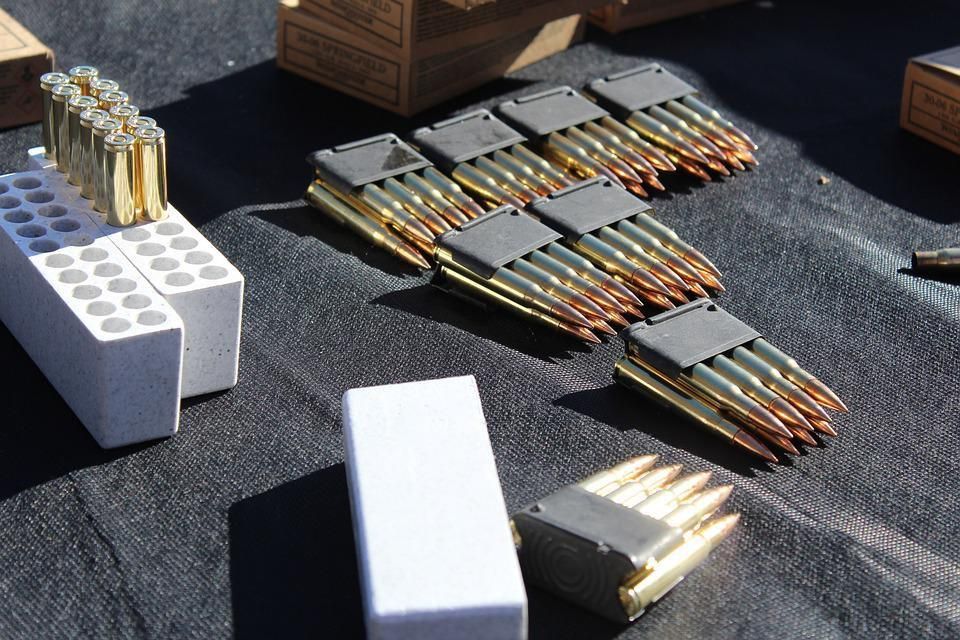
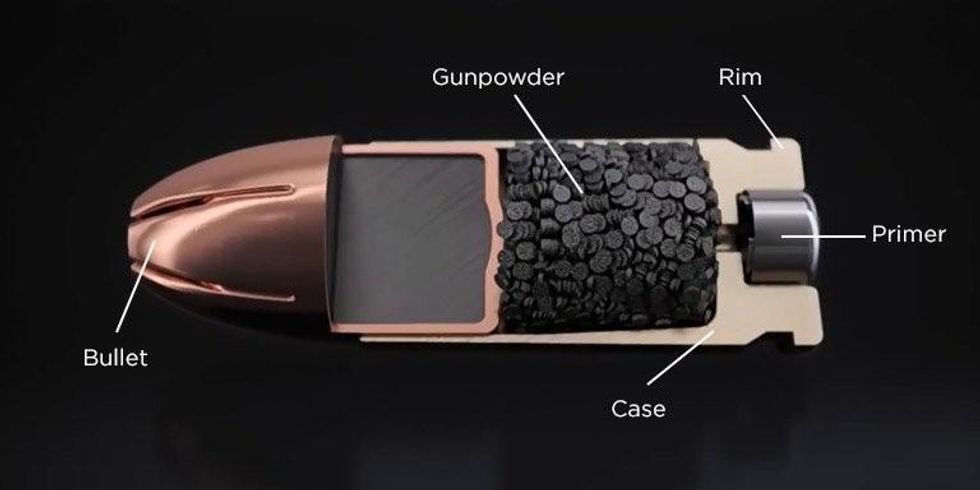
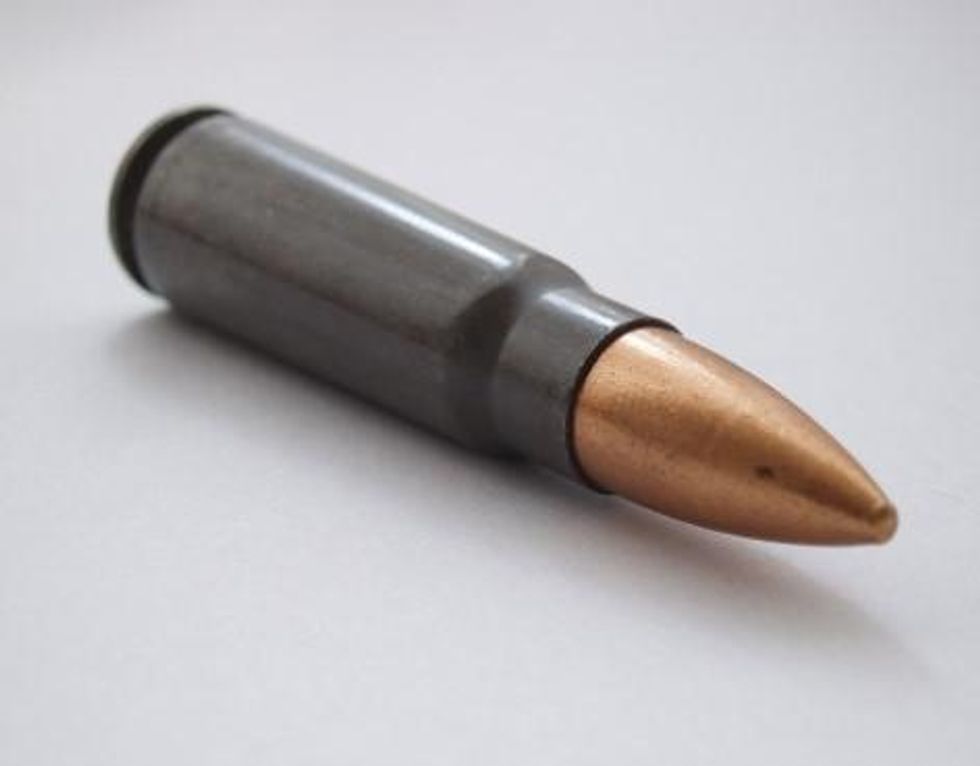
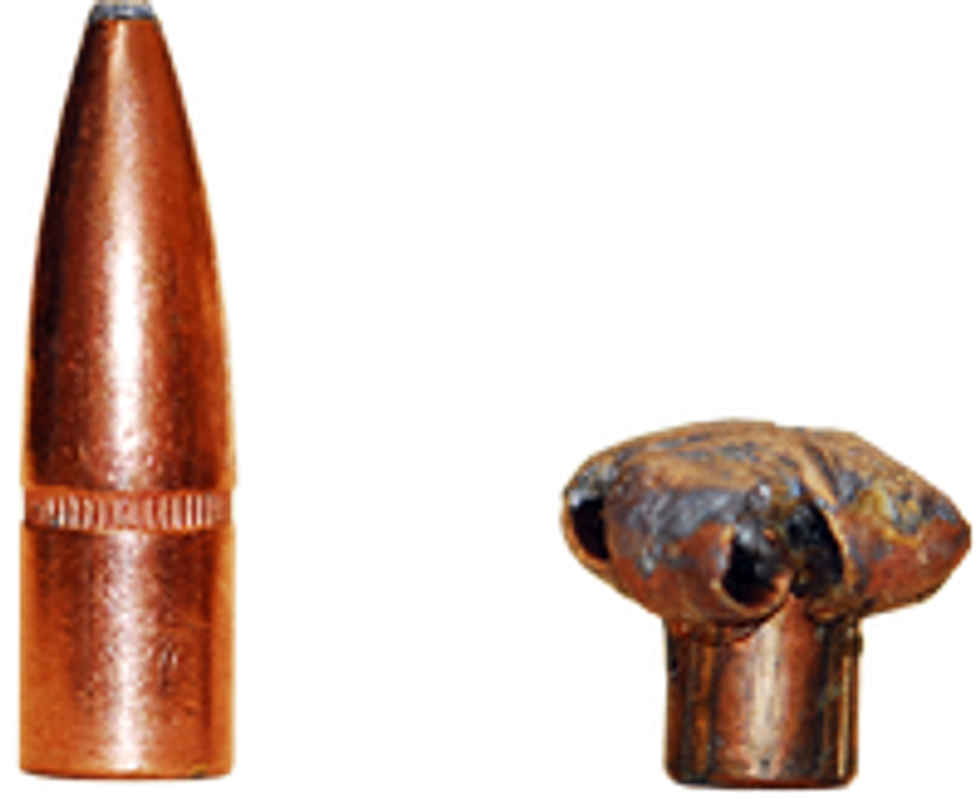
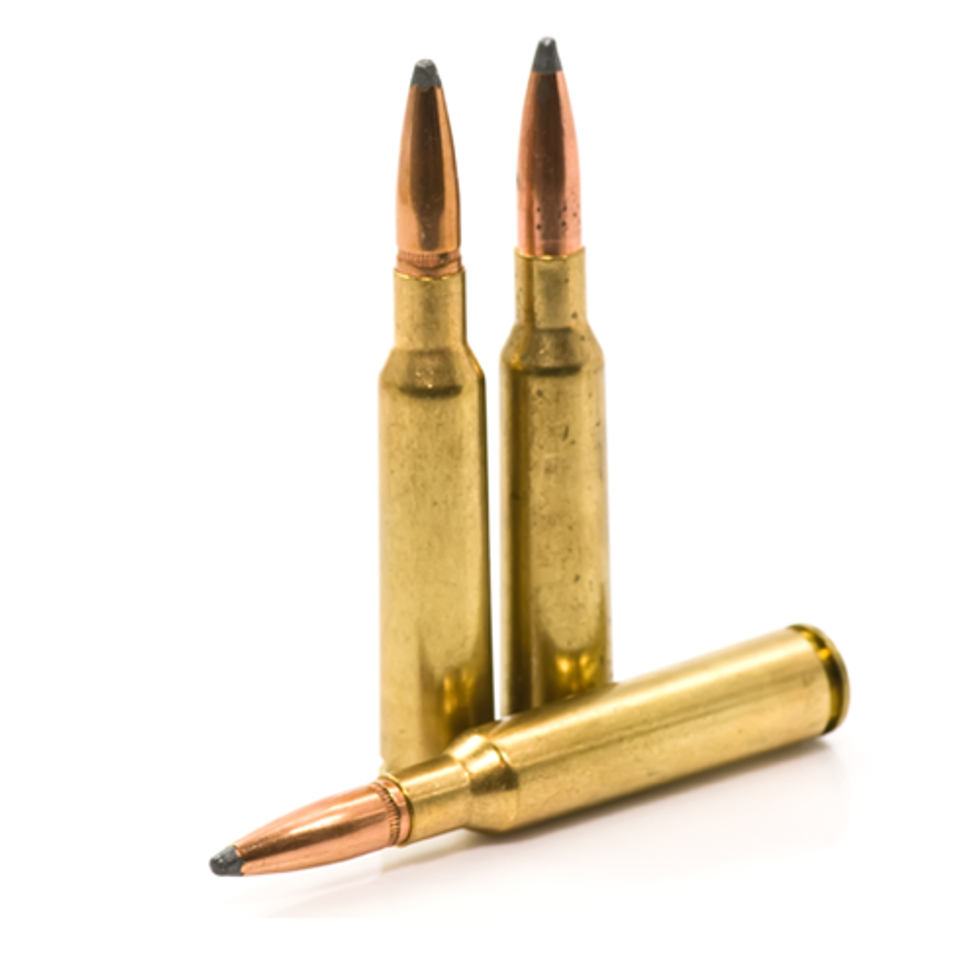
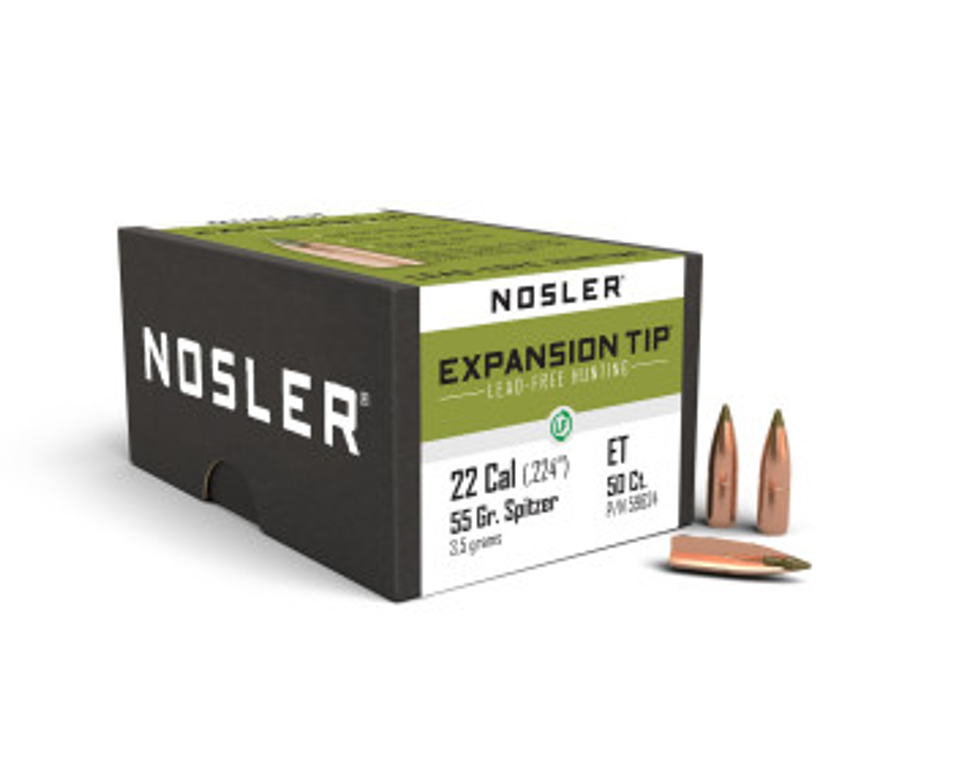
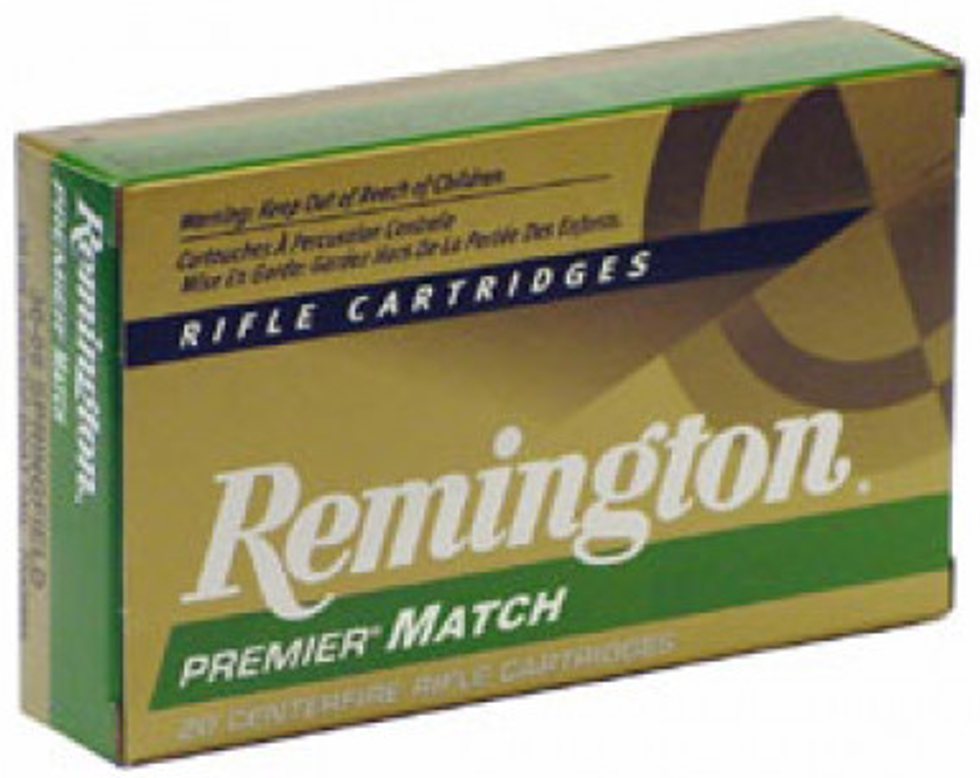
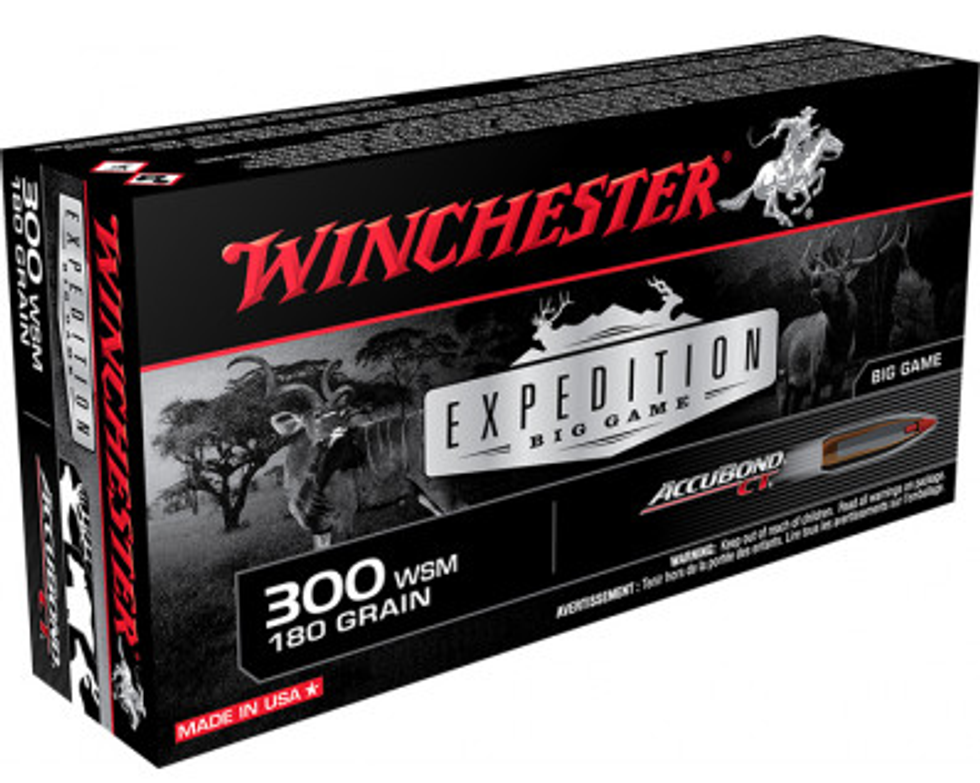
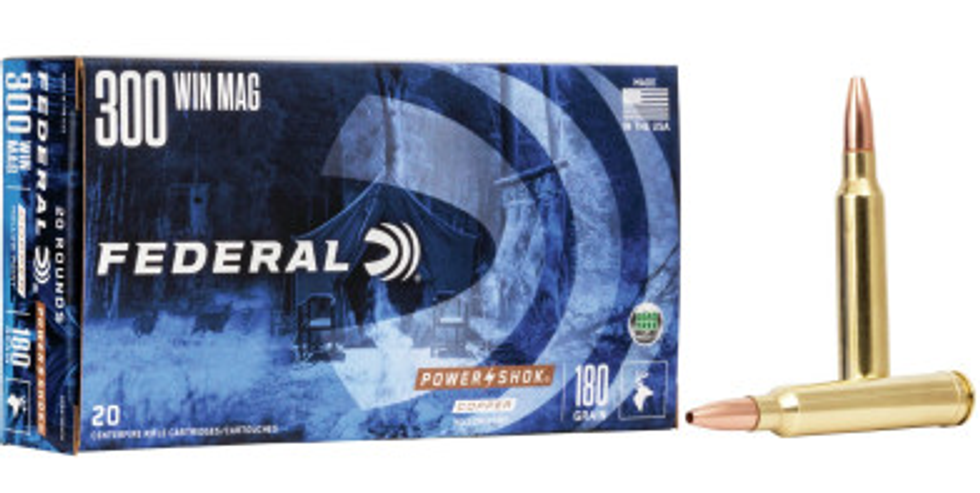


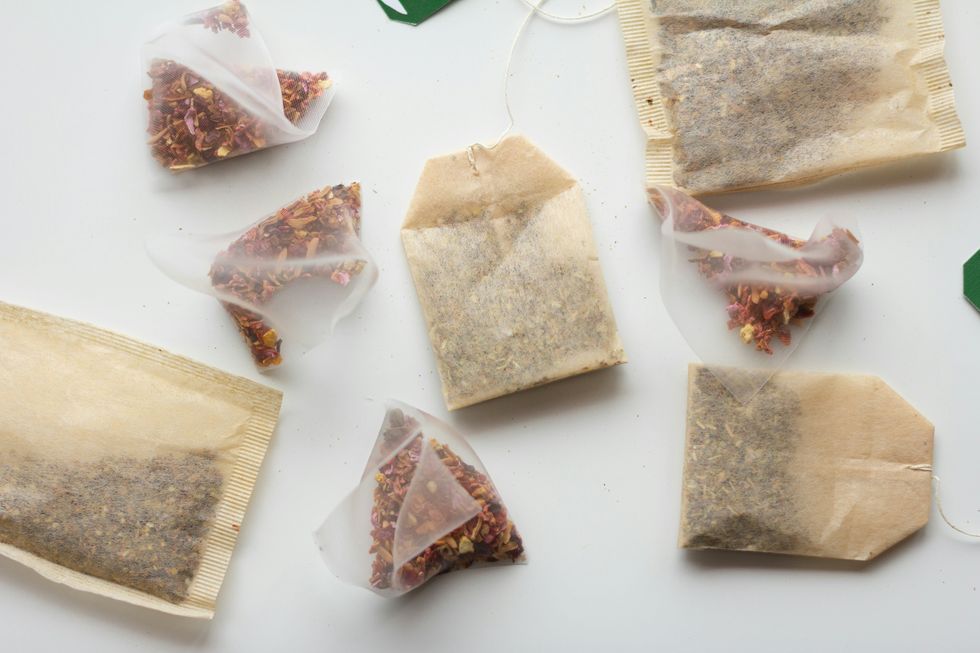
 man running in forestPhoto by
man running in forestPhoto by 





 "I thought you knew what you signed up for."
"I thought you knew what you signed up for." man and woman in bathtub
Photo by
man and woman in bathtub
Photo by  four women sitting on black steel bench during daytime
Photo by
four women sitting on black steel bench during daytime
Photo by  Uber app ready to ride on a smartphone.
Photo by
Uber app ready to ride on a smartphone.
Photo by  woman in red tank top and blue denim shorts standing beside woman in black tank top
Photo by
woman in red tank top and blue denim shorts standing beside woman in black tank top
Photo by  blue marker on white printer paper
Photo by
blue marker on white printer paper
Photo by  welcome signage on focus photography
Photo by
welcome signage on focus photography
Photo by  woman in white and black striped long sleeve shirt lying on bed
Photo by
woman in white and black striped long sleeve shirt lying on bed
Photo by  pink pig coin bank on brown wooden table
Photo by
pink pig coin bank on brown wooden table
Photo by  person holding iPhone 6 turned on
Photo by
person holding iPhone 6 turned on
Photo by  person holding pencil near laptop computer
Photo by
person holding pencil near laptop computer
Photo by  person slicing vegetable
Photo by
person slicing vegetable
Photo by 






